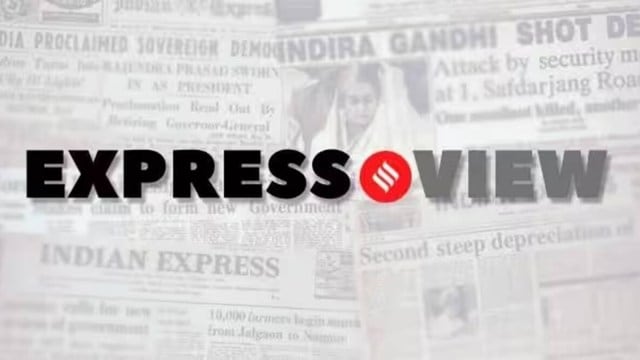
After holding steady for nine months, on Wednesday, the US Federal Reserve lowered the target range for the federal funds rate by 25 basis points to 4 to 4.25 per cent. The decision, though, was not unanimous. Stephen Miran, a recent appointee of Donald Trump, was in favour of a more aggressive rate cut of 50 basis points. Notwithstanding Trump’s repeated calls to reduce interest rates, the Fed’s pivot does indicate that further policy easing is on the cards. In fact, the central bank’s latest projections, which accompanied this “risk management rate cut”, do indicate the possibility of multiple rate cuts this year.
While the decision to lower rates is due to a weakening labour market, recent data also point towards inflation staying higher than previously expected, complicating the policy matrix. As per the US Bureau of Labour Statistics, non-farm payroll employment increased by just 22,000 in August, significantly lower than expectations. Alongside, the combined employment in June and July was also revised downwards. The Fed highlighted this weakness. It noted that “job gains have slowed, and the unemployment rate has edged up”, adding that the “downside risks to employment have risen”. Alongside this deterioration in the labour market, inflation risks are also surfacing. Inflation, as measured by the personal consumption expenditures price index, has been inching upwards – from 2.2 per cent in April to 2.6 per cent in July. But, while the central bank’s expectation of inflation this year remains unchanged at 3 per cent, it expects price pressures to remain elevated — it has raised its inflation projection for next year to 2.6 per cent, up from 2.4 per cent earlier. Inflation is now expected to return to the 2 per cent target only by 2028. The Fed has, however, also marginally revised upwards its growth forecasts. But, the uncertainty over the economic outlook continues to linger. Fed Chairperson Jerome Powell acknowledged that, saying, “It’s not incredibly obvious what to do”.
The decision to lower interest rates comes against the backdrop of increasing attacks on the central bank’s independence by Trump, who has not only been quite vocal about the path of monetary policy he prefers, but has also tried to fire Fed Governor Lisa Cook. Powell, whose term as Fed chair ends in May 2026, will have to navigate this period carefully as the central bank seeks to fulfil its dual mandate of price stability and maximum employment.